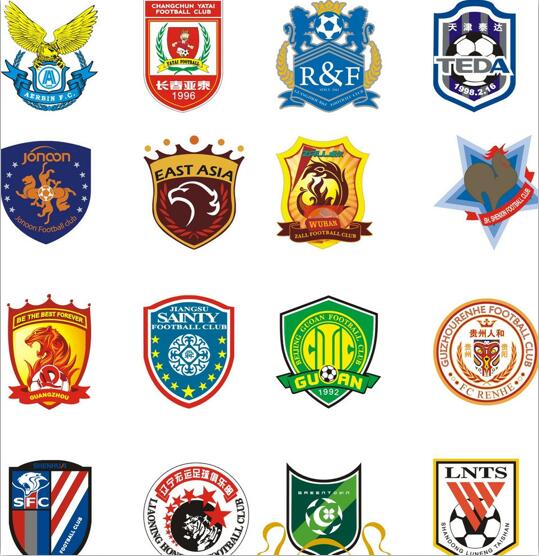On 1st December, the CSL Business Value Report, which was published in the 2016 China Football Development Forum, analyzed and summarized the CSL’s economic value, profits and losses. Earning 218 million USD (1.5 billion CNY), the CSL’s profit in the 2016 season was 12 times greater than the previous season. However, with the 16 clubs in the CSL losing a combined 73.4 million USD (505 million CNY), it perhaps demonstrates that the CSL football clubs are still not in great condition.
By promoting football clubs with huge amounts of investment, the value of the CSL increased 81% from last season to 350 million USD (277 million GBP), so the CSL’s rate of increase is currently at the top of world football leagues. Moreover, with 5.8 million attendances in the 2016 season, the average number of CSL spectators per game reached 22,000 which ranked 6th in world football leagues.
Compared to last season's profit of 101 million USD (700 million CNY), the doubling of income in the 2016 season saw revenues from copyright sales of 145 million USD (1 billion CNY), with 72 million USD (500 million CNY) coming from various sponsors. Based on this, the average received dividends of CSL football clubs in 2016 was 8.7 million USD (60 million CNY), which was 4 times that of the 2015 season.
However, according to the report, 82.9 million USD (570 million CNY) should be the basic requirement to maintain a club’s position in the CSL. The overall expenditure in the 2016 season was 1.3 billion USD (9.2 billion CNY), including 552 million USD (3.8 billion CNY) in transfer fees and player salaries, as well as 494 million USD (3.4 billion CNY) bonus expenses. Thus, compared with the huge investment in the clubs’ promotion, the dividends were negligible, perhaps only covering the cost of one native player at best.
According to the director of Beijing Guoan football club, Shen Li, football clubs in the CSL still cannot match clubs in Europe from the management aspect. For the purpose of increasing profits, clubs should foster the idea of building up brands and improving fan services as commercial companies. In the longer term, Chinese football can move to a higher level, once professional football clubs have solved this balance of payments.
Proofread by Sean O Diobhilin
